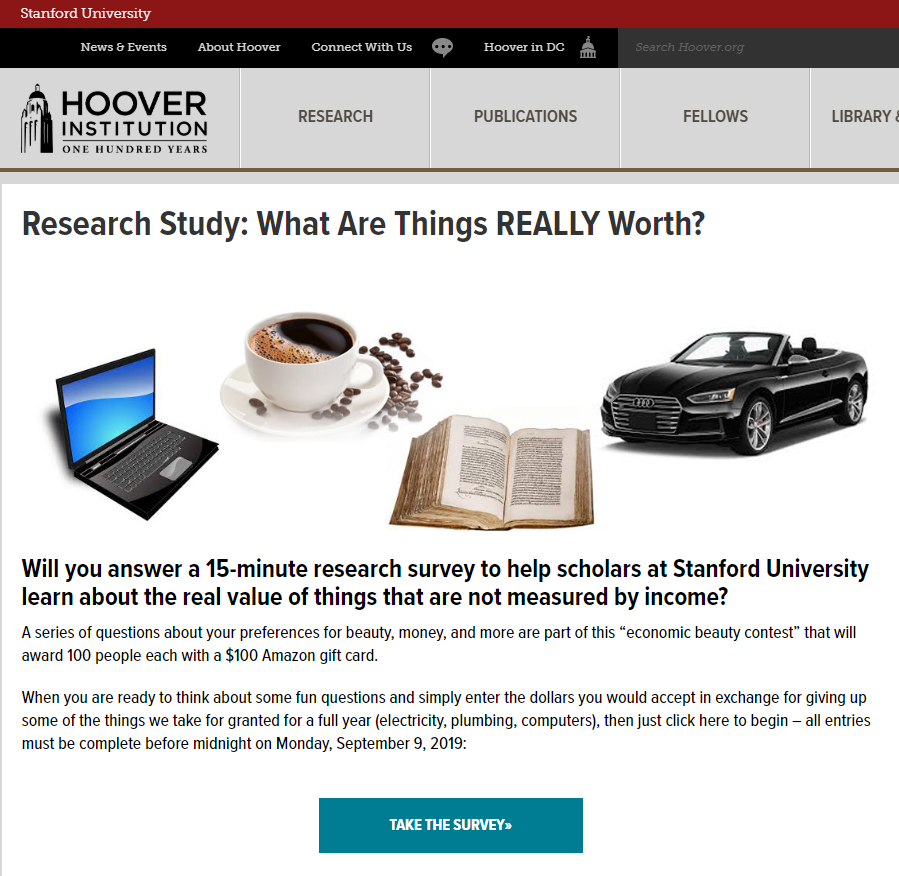(p. A17) The trade war has highlighted the competitive advantage of reliable patent rights in driving innovation, prompting a bipartisan effort in Congress to strengthen patents.
. . .
Yet the FTC doesn’t seem to have received the message. It continues to push regulatory policies and undertake enforcement actions based on the story that bad actors licensing their patents somehow are stopping companies from making new innovative products and are harming consumers with higher prices. This idea that “patent holdup” raises prices and stifles innovation is based entirely on an academic theory first proposed in the Texas Law Review in 2007 by professors Mark Lemley and Carl Shapiro.
In contrast to the theory, extensive empirical research since 2007 has failed to find any of the predicted harms of stifled innovation or higher prices, and has in fact found the opposite. “An Empirical Examination of Patent Holdup,” published in 2015, found that industries like smartphone design with patents on foundational technologies have the fastest quality-adjusted price reductions in consumer products. A 2016 George Mason Law Review study also found consistent reductions in consumer prices, increased research-and-development spending, and incredibly fast technological innovation driven by patent licensing of key technologies in the smartphone industry.
For the full commentary, see:
(Note: ellipsis added.)
(Note: the online version of the commentary has the same date and title as the print version.)
The 2016 George Mason Law Review study, mentioned above, is:
The 2015 paper mentioned above, is:
Galetovic, Alexander, Stephen Haber, and Ross Levine. “An Empirical Examination of Patent Holdup.” Journal of Competition Law and Economics 11, no. 3 (Sept. 2015): 549-78.
A related 2017 paper, is:
Galetovic, Alexander, and Stephen Haber. “The Fallacies of Patent-Holdup Theory.” Journal of Competition Law and Economics 13, no. 1 (March 2017): 1-44.


